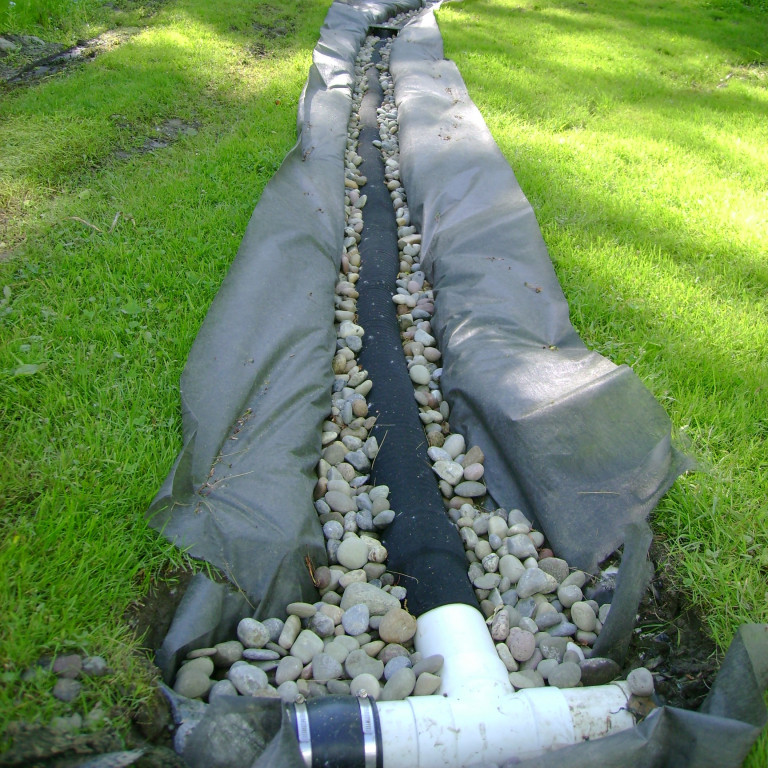Standing water is a continuous issue when it comes to landscapes. Simple hand-dug ditches are one of the earliest forms of water drainage. By creating an outlet that was lower than the current soil level a natural drainage system was created. Developing over the years this process transformed into French drains and then into the modern-day version of trench drains. The base purpose remains the same for any system, the expulsion of water from an area.
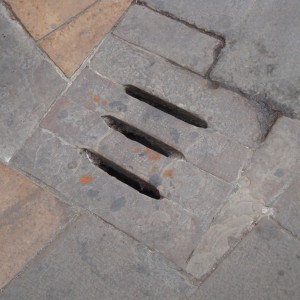
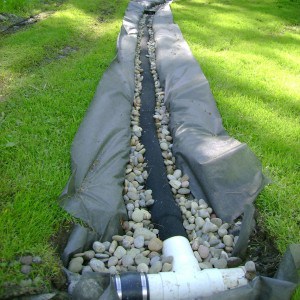
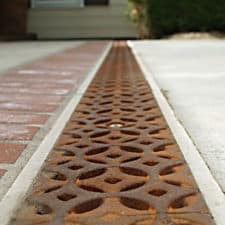
How do French drains and Trench drains differ?
French drains and Trench drains are similar but are fundamentally different. A French drain is installed in areas where the landscape is already sloped or at an angle. Typically, they consist of a ditch or swale filled with gravel and a perforated pipe.
A Trench drain is a linear drainage system used in the same way to divert water runoff to a designated area. These consist of a surface grate and a channel which are made up of several types of materials and are used in a variety of applications.
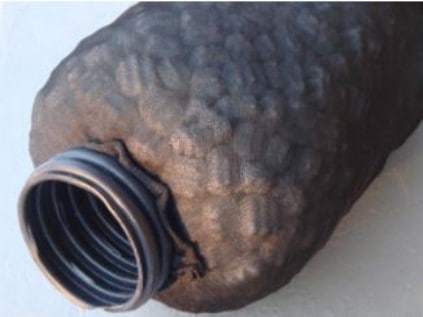
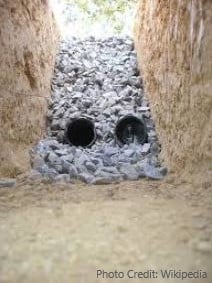
What Is A French Drain?
Originating in France, but then popularized in America by Henry French in the 1800s, the French drain is still in use today. They are often placed in landscaped areas where large amounts of standing water are a major factor.
A French drain is usually made up of a sediment-cleared ditch or trench that is dug at a predetermined slope. By creating a pre-sloped angle, gravity pulls the water through a plastic corrugated pipe to the lowest point. This pipe has perforations along its throat in order to absorb water from the surrounding subsoil.
A filter cloth of some sort is used in order to prevent soil and debris from entering into and clogging the pipe. In some cases, a special “Pipe Sock” is created from a filtering material for easier installation. Coarse gravel is then used to surround the pipe which furthers the filtering process allowing the ground water to drain away from the saturated area efficiently.
Another modernized option is to install a Flo-Well. It is a gravel-free alternative to a dry well. It can be used as a stand-alone item or as part of a larger drainage system. A Flo-Well unit collects and detains up to 50 gallons of stormwater or drainage allowing the surrounding groundwater to dissipate quickly. These units are modular or can be connected in series, even stacked to meet the needs of the application.
What Is A Trench Drain?
Several parallels can be made between the ancient Roman aqueducts and modern-day trench drains. While the aqueducts move water to supply a city, a trench drain moves water away from a specified location in order to prevent hazards or damage.
A trench drain takes after the aqueducts of old but is built for more industrial and even residential purposes. Typically made from a preformed channel and grating, they are installed in an excavated trench and then set in concrete to prevent movement. These preformed troughs are available as pre-sloped or neutral depending on the needs of the application.
The modern-day trench drain system is cast from several materials including polymer concrete, plastic, fiberglass, or stainless steel. Grates are used in conjunction with the channel in order to drain the excess water appropriately and to keep large debris from clogging the drainway.
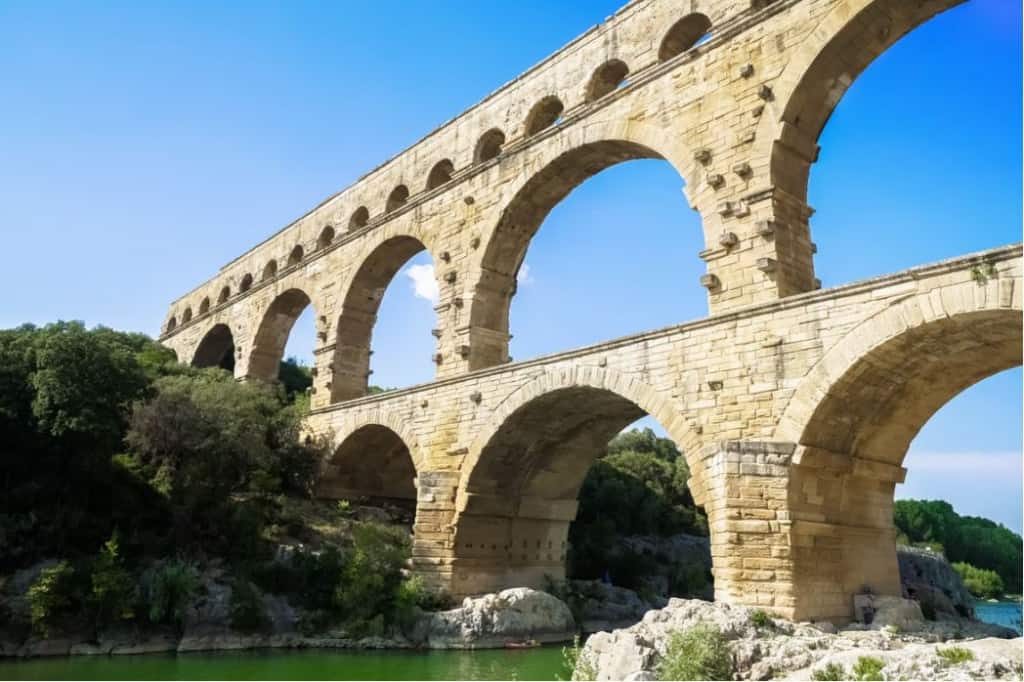
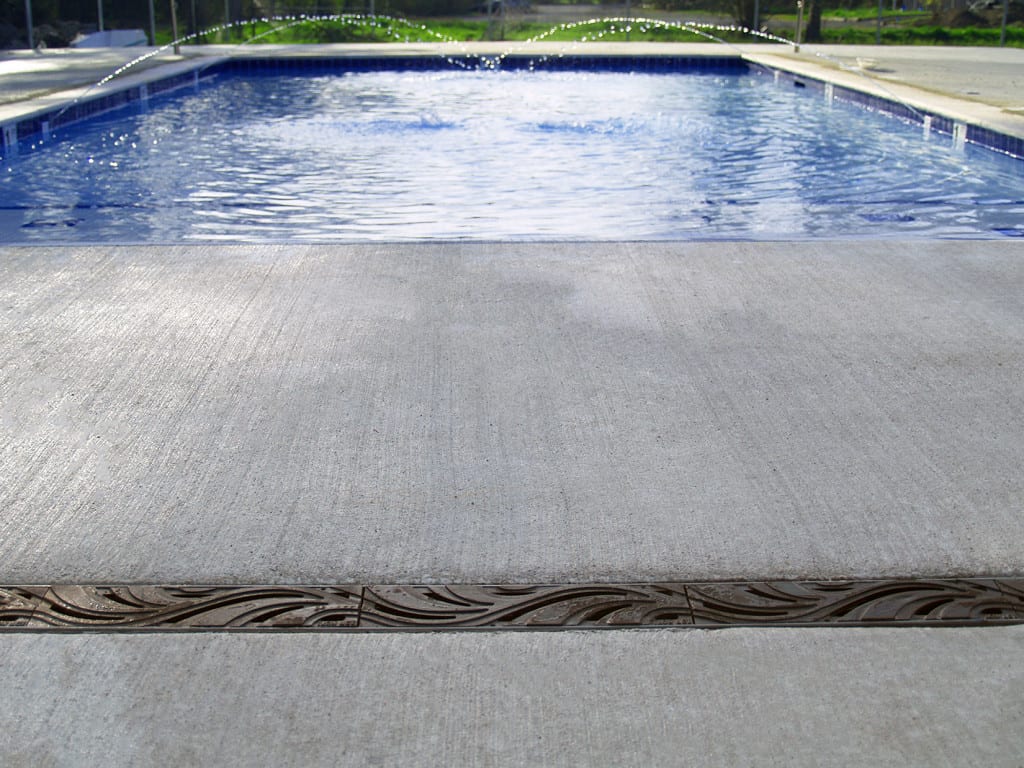
The functional difference between the two is that French drains capture and evacuate groundwater while trench drains are specifically designed to collect surface water before it can saturate the ground table. A best practice is to evaluate your application and spec the correct item to meet the needs of your project.
Trench Drain Systems is one of the largest distributors in the United States who are committed to providing you with quick solutions to all your surface water runoff problems. Our professional staff can assess your project requirements and quickly offer you competitive pricing and information regarding the products you need. Contact us for a free quote or for further information on drainage solutions visit TrenchDrain.com or DrainageKits.com
Phone: 610-882-3630
Email: Sh**@Tr*********.com
Click here for a fast and free quote!

